Large Outdoors Guide to walking the West Highland Way
A remarkable route from the city through farmland, lakeside, open moor and dramatic mountain landscapes, the West Highland Way holds a deserved position as one of the UK's most popular long distance trails. This year it is 36 years old, having been opened as Scotland's first official long distance trail in 1980. At 95 miles, the route is ideal to complete in a week, with usual journeys taking between 6 to 9 days. It is by no means the easiest long distance route, but it is also not the hardest.
The difficulty of some sections in terms of ascent and remoteness is more than made up for by the good paths and tracks the Way follows, and for many it's exactly the feeling of remoteness they come to love. As a way of exploring the mountains of western Scotland, it has no equal, especially for those who prefer to admire the peaks from the valleys and who enjoy the feeling of moving through a constantly changing landscape.
The Way begins in Milngavie, a suburb of Glasgow and the end of the train-line in that particular direction out of the city centre. Soon walkers find themselves amongst farmland, woodland and meadows, with views up to the Campsie Fells. The route descends over Conic Hill, giving an extensive view of Loch Lomond, one of Scotland's most beautiful and atmospheric lochs. Though the route spends the next two days walking nearly the full length of the lake, you'll wish you had longer to spend there, to explore the many islands that dot the southern end, or to climb the surrounding hills and further experience the southern edge of the Highlands.
North of Loch Lomond, the Way leads through the steep-sided valleys of Glen Falloch and Strath Fillan, before the land opens out onto the Black Mount and the wide expanse of Rannoch Moor, a vast bog filling the void in the east for 50 square miles. The path here, as in much of the Way, follows the old military routes built after the Jacobite uprisings in the 18th century, and also droving routes, where cattle would be driven from the Highlands to market in cities to the south. Settlements here are scarcer, and from the tranquility of the lochs and glens on the first half of the Way, the true scale of the Scottish mountains is revealed to the walker here like nowhere else on the route.
The last section of the Way climbs up the Devil's staircase at the head of Glen Coe, spends the night in Kinlochleven, and then takes the walker through the wild and lonely Lairig Mor before arriving in Fort William. The final descent through Nevis Forest confronts you with the massive bulk of Ben Nevis, Britain's highest mountain, a worthy end point for such a great route. It is impressive to think that despite all the miles covered and the mountains viewed, you are still only in the southern half of the Highlands.
The West Highland Way is perhaps the benchmark by which all other long distance routes are measured. It may not have the scale of the Pennine Way or the Coast to Coast, but then again being half the length means it can easily be done in a week. For the walker keen to stick to the valleys it provides the perfect snapshot of Scotland, a trail where the utter wilderness of Rannoch Moor can be seen in the same few days as the dappled woods next to Loch Lomond and the great mountain wall of Ben Nevis, and all on foot.
To get a greater insight into the region than you would on your own, join a guided group and meet others who are also keen to complete the trail. And whatever the weather that Scotland decided to throw at you, you'll always be sure you're on the right track.


